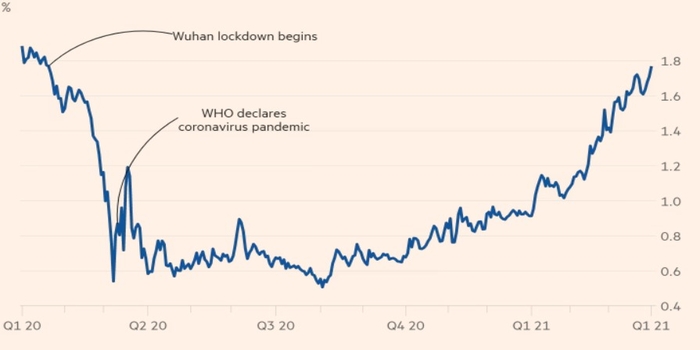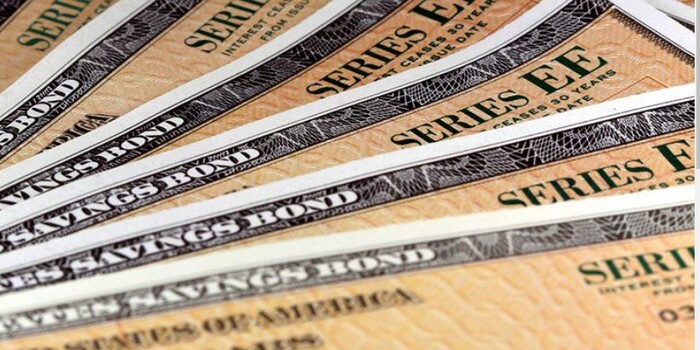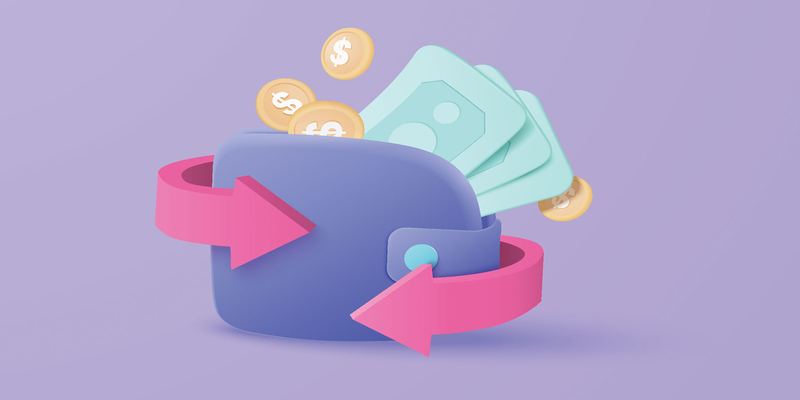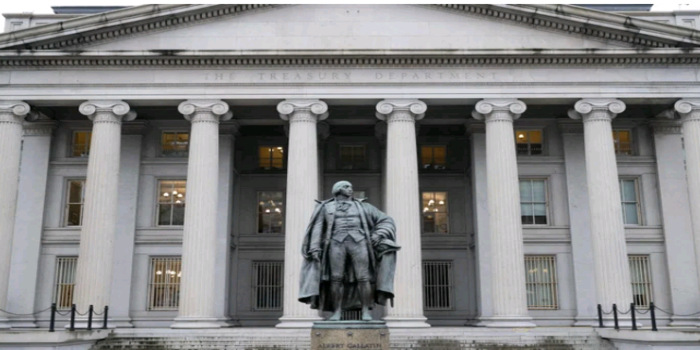Top Economic Factors That Influence Treasury Yields
Treasury yields are interest rates paid by the US government on its debt securities. These are paid explicitly by the government of the United States; other countries also have similar projects like government bond yield, but the treasury yields are specifically related to the only mentioned government.
Treasury yields play a crucial role in the financial world. The U.S. Treasury market is the world's biggest and most secure market. These yields give insights into market dynamics and economic conditions that help investors decide when and where to invest their money.
Are you wondering which economic factors impact treasury yields? We have the answer for you! These factors are inflation, monetary policy, government rules and regulations, interest rates, and market sentiment that influence them.
Keep reading this article to get a detailed guide and more information!
Top Economics Factors Impacting Treasury Yields

Inflation Rates
When inflation increases, the buying power of fixed-income assets decreases, so when inflation is high, treasuries decrease. Investors demand high yields to offset loss in value over time. Central banks can adjust interest rates to control inflation, affecting treasury yields.
Global Economic Condition
Treasury yields are sensitive to global economic uncertainty, particularly in an interconnected global financial system. Uncertainty about global economic conditions can push investors into government bonds, where yields are lower.
Federal Reserve Policies
Changes in Federal Government interest rates directly affect treasury yields. When the federal government increases interest rates, treasury yields will also increase because the federal government will have to pay higher interest rates when they need to lend money. if the Federal Government drops interest rates, Treasury yields may decrease because the government will not have to pay less when borrowing money.
Market Sentiment
Market sentiment depends upon the mood of investors and market conditions. When investors feel good and confident about the economy, they push up treasury yields and get higher returns. When investors are worried about any market uncertainty, they may rush to the safety of treasuries, pushing them down to avoid risk.
Fiscal Policy
Fiscal policy is a process by which the government manages its money through taxes and other spending. When the government drops taxes or increases spending, it affects the government's ability to service its debt, which affects treasury yields. Investors need to pay attention to government activity to make accurate investment decisions.
Credit Rating
Credit ratings significantly impact treasury yields. When a country's credit rating is going great, it will give investors confidence to lend money to that government. This extraordinary trust can lead to decreased treasury yields because investors are accepting lower returns.
On the other hand, if a country's credit ratings decrease, investors will demand higher yields to overcome the increased risk.

Trade Balance
This is another key factor in determining the future of treasury yields. A healthy trade balance means a country is exporting more than it is importing, which indicates a stronger economy. When a company has a healthy trade balance, investors have more confidence in government bonds.
This drives down treasury yields as demand increases. On the other hand, a country with a weak trade balance could face economic difficulties, so investors look for higher yields on government bonds to compensate for the risk.
Interest Rates and Monetary Policy
Treasury yields are highly sensitive to changes in the Federal Reserve's interest rate policy or monetary policy. If the Federal Reserve raises interest rates, Treasury yields will rise because investors expect higher returns. Conversely, if the Federal Reserve lowers interest rates, treasury yields will decline.
What Are Different Forms of Treasury Yields?

T-Bills
T-bills mature in one year or less than a year and are considered significantly less risky. They are co-integrated and show differences in yields of different maturities that occurred during the Federal Reserves short-term interest rate targeting.
The yield of T- bills differs between the face price and the buying value when they mature because they are typically sold at a discounted price. They provide limited-time securities. Investors like T-bills the most because they have short duration and are less risky.
2. T-Notes
They have maturities of about 2-10 years, but the 5-year note is the most liquid. They are longer term than T-bills but less than T-bonds. Treasury notes pay interest every 6 months. T-Notes are medium-term securities. Investors often consider T notes to keep a balance between risk and return. Each form of treasury yield offers different ranges and risk rates, providing investors with different investment options.
3. T-Bonds
Treasury bonds offer long-term securities. They typically have maturities of 20 to 30 years and are well-known for their long maturities and higher-than-average returns. Just like Treasury notes, they also pay interest every six months.
These bonds are backed by the US government, making them less risky. They are considered a safe investment. However, their performance can be affected by factors such as inflation and interest rates. Its all about balancing risk with return to find the best option for your investment strategy.
Treasury Yields: Legitimate or Scam?
Before making a decision, you might be worried about whether treasury yields are a safe option or not. Well! You will be satisfied to know that they are not a scam. They are legitimate financial indicators that investors use to learn about market conditions and dynamics. In addition, it wont be wrong to say that they are an excellent way to know interest rates and make safe decisions.
Conclusion
The relationship between economic factors and treasury yields shows the dynamic nature of the financial world. The effect of economic factors on treasury yields reflects the interconnectedness of investors and financial markets. Monetary and fiscal policy strongly curve treasury yields.
Market participants and investors must be aware of which economic factors impact treasury yields to make informed investment decisions. As these economic factors reflect both the market's current situation and future expectations, they become paramount for investors.













